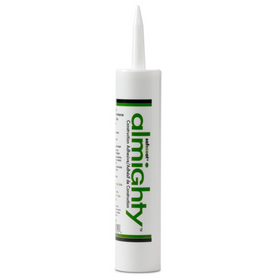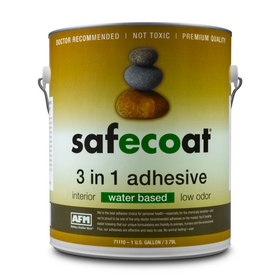
Round House Curve Appeal
Last Updated: Feb 23, 2025In the small town of Nebaj, about six hours north of Guatemala City in Guatemala, Elba Méndez and her family have preserved the country’s vernacular architecture form by building a round home from a mixture of cob and cordwood. “We wanted to build an earthen home because they’re so much nicer than the block and cement homes everyone is building around town,” she says. “We also wanted to make a round home because no one else in town has a circular house.”
Table of Contents
- North America: Net-Zero Model Round Home
- Central America: Cob/Cordwood Round House
- Living in a Round House

Building in the round has other virtues, particularly in a country with more than 30 volcanoes (several of them active), and is prone to earthquakes. “The circular structure offers superior strength,” says Méndez. “Whereas traditional adobe homes tend to crack around the corners, our cob home has settled and has no structural cracks or issues. Also, while our home only has three rooms [roughly 550 square feet], the circular shape allows us to easily move between the bedroom, kitchen, and living room.”
From Africa to Asia to the Americas, round homes are considered one of the oldest forms of shelter. The tipi, hogan, and igloo of North America’s indigenous peoples—as well as the Mongolian yurt and wattle-and-daub round homes on the British Isles—are just a few examples of round homes built by diverse groups.
While modern-day construction is dominated by straight lines, right angles, and tight geometric patterns, our ancestors modeled their shelter off of circular patterns common in nature. From eggs to tree trunks to bird nests to caves, the natural shelters of wildlife are almost always round in shape. Early people modeled their home styles to reflect what they found in the natural world.
More recently, the growth of sustainable construction practices and natural building methods such as cob, rammed earth, and adobe has led to a renewed interest in round homes. Besides being uniquely aesthetic, round homes offer three distinct sustainability advantages:
1. Structural Durability of a Round House
Take a sheet of paper and try to make it stand on end on a flat table. You’ll find it’s impossible to make the paper stand upright while placed in a flat line. By curving that sheet of paper into an “S” shape, however, extra strength is added, and the paper can stay erect. Straight lines in architecture certainly make it easier for quick and streamlined building practices. However, the straight line is widely considered to be less structurally resistant than curved walls.
Tobias Roberts
Tobias runs an agroecology farm and a natural building collective in the mountains of El Salvador. He specializes in earthen construction methods and uses permaculture design methods to integrate structures into the sustainability of the landscape.















